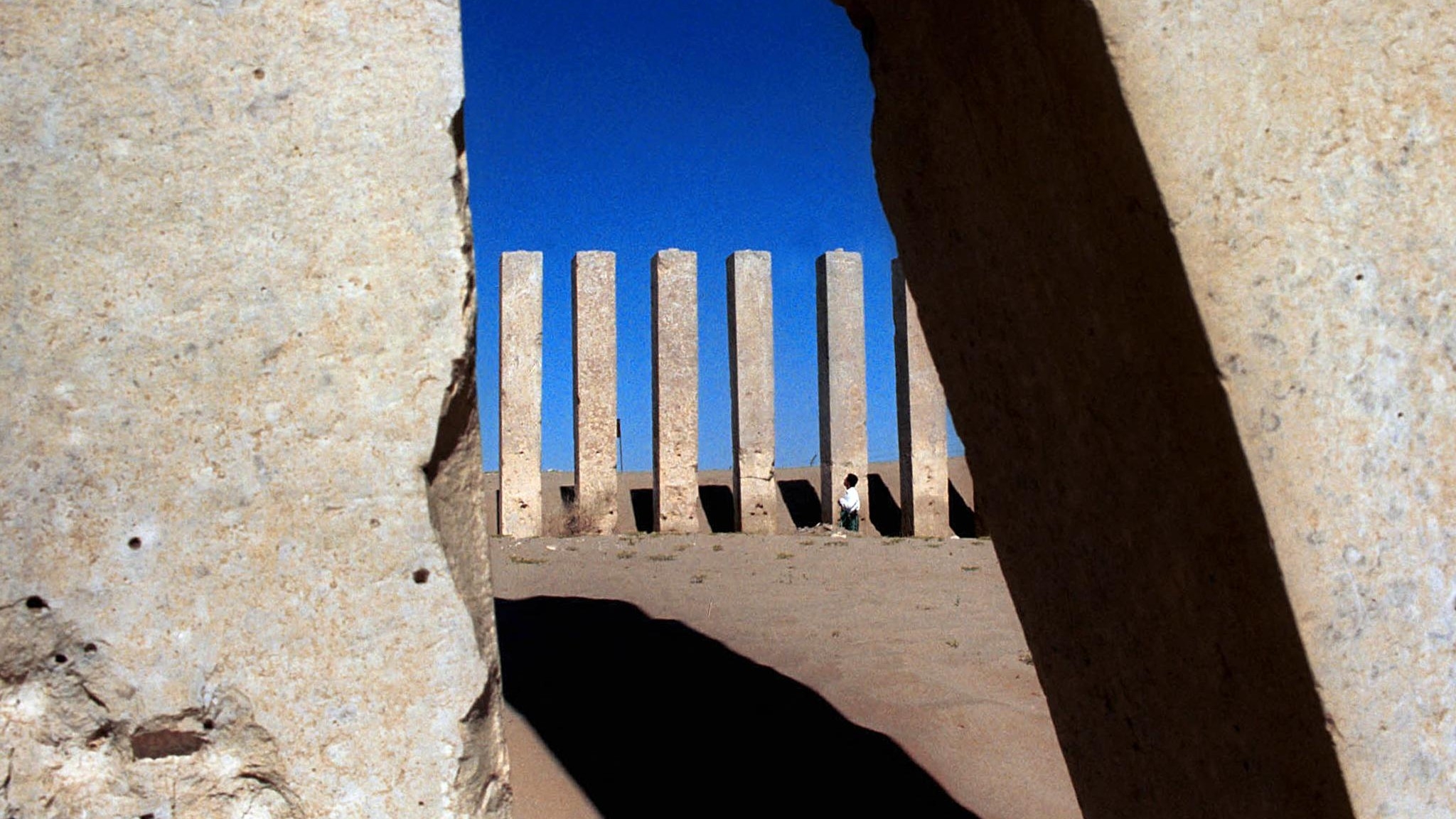Lebanon and Yemen landmarks added to World Heritage List

Sites in Lebanon and Yemen have been added to Unesco’s World Heritage List following an extraordinary session on Wednesday.
The ancient kingdom of Saba in the Yemeni city of Marib, and the Rachid Karameh International Fair in Tripoli, Lebanon were inscribed using an emergency procedure due to the landmarks being at risk.
Both sights were simultaneously moved from Unesco’s tentative list to its World Heritage and "in danger" lists.
"The World Heritage Committee used an emergency procedure to inscribe both sites because both of them are facing severe threats," a Unesco World Heritage Centre spokesperson told Middle East Eye.
The Tripoli site was designed in 1962 by Brazilian architect Oscar Niemeyer, serving as a flexible space used mainly for exhibitions. The main building consists of a large hall in the shape of a boomerang.
Stay informed with MEE's newsletters
Sign up to get the latest alerts, insights and analysis, starting with Turkey Unpacked
The site is seen as a flagship project of Lebanon’s modernisation policy of the 1960s, and a significant example of 20th-century architecture in the Middle East.
The heritage committee classified the fair as endangered due to its “alarming state of conservation”, lack of maintenance and the risk of development projects impacting its integrity.
Sites 'in danger'
The ancient landmark in Yemen’s Marib is made up of seven archaeological sites from the kingdom of Saba, which spanned BCE1000 to the third century CE.
The site includes temples, ramparts and other buildings from urban settlements during the Sabaean era.
Marib was the capital of the kingdom, and the city where its hydrological-engineered irrigation system resulted in the largest ancient man-made oasis.
The committee deemed the site to be in danger due to the threat of destruction from the ongoing civil war in Yemen.
"The inscription of a site into the World Heritage in danger list gives to the state party where the site is located access to international assistance, both technical and financial," the spokesperson told MEE.
The historic centre of the Ukrainian port city of Odesa was added to the World Heritage and in danger lists on Wednesday, on the same basis.
Lebanon has six properties on the World Heritage list, including the ancient city of Baalbek and the Qadisha Valley, in the north of the country.
Yemen has five Unesco sites, including the old walled city of Shibam and the collection of islands at Socotra.
Middle East Eye delivers independent and unrivalled coverage and analysis of the Middle East, North Africa and beyond. To learn more about republishing this content and the associated fees, please fill out this form. More about MEE can be found here.





